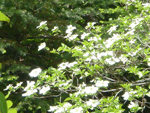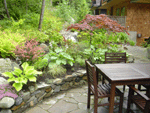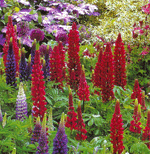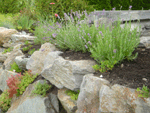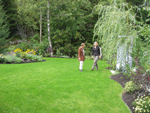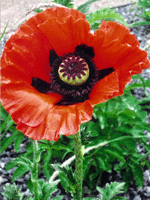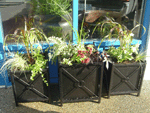
Lawn aeration is the removal of small soil plugs or cores from the lawn. Most aeration is done mechanically with a “core aerator” which extracts cores of soil from the lawn. Aeration holes are typically 1-6 inches deep, 2-6 inches apart and one half inch in diameter.
The purpose of aeration is to reduce soil compaction and to help control thatch in lawns whilst helping water and fertilizer move into the root zone. This improves the overall health of the lawn, reducing its susceptibility to disease and insect damage. Aeration will also increase the activity of soil microorganisms that decompose thatch and help to prevent fertilizer and pesticide run-off from overly compacted areas. Signs of compaction include grass that is off-color or thinning and showing signs of stress in higher traffics areas.
To determine if aeration is necessary, remove a section of lawn at least 6 inches deep. If the grass roots extend only into the first 1-2 inches, your soil may be compacted and could benefit from core aeration. Expect a seasonal effect with cool season grass roots being shortest in late summer and at their greatest depth in spring. Other reasons to aerate include; a heavily used lawn resulting in thinning turf, a thatch layer in excess of one half inch and having a lawn growing in heavy clay soil. Newly seeded or sodded turf should not be aerated in the first year.
Whistler residents may find that the frequent winter freeze-thaw cycle helps to loosen up compacted soil, thus reducing the need for such frequent aeration as in other climates.
Aeration is best done by a professional but you can also rent motorized aerators. The best type of aerator has hollow tines (spoons) that pull up plugs of earth and deposit them on your lawn as you move along. A criss-cross pattern is most effective. Soil cores are best left on the lawn surface; they typically work back into the lawn in 2-4 weeks. You can aerate at any time of the year that the ground is not frozen but it is best done in spring (warm season grasses) and early fall (cool season grasses) when soils are naturally moist and grass is growing rapidly.
A word of warning; be sure to mark sprinkler heads and shallow lines from sprinkler, underground utilities, cable and septic lines before aerating so they will not be damaged!
